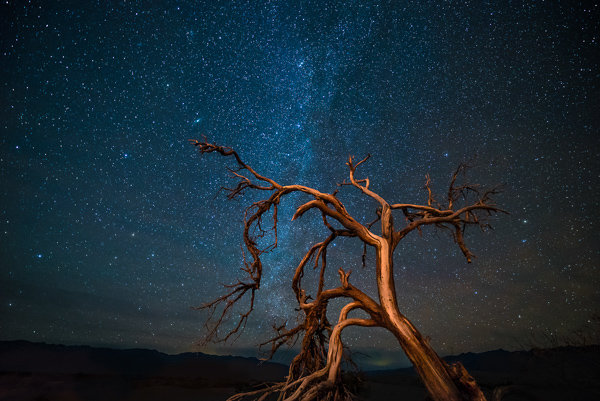
An ages old mesquite tree looking up at one of the darkest rated night skies in America.
I recently came across an article by Bill Fink on Yahoo titled “Our Tax Dollars Pay for What? The Nation’s Worst National Parks.” In all fairness, there are some pretty lame national parks and monuments, I’m not going to argue that. Certainly a few of them ended up on this list as expected. But when I got to number five on the list and saw Death Valley National Park, I was astonished.
Fink writes in the brief article that the best way to simulate a visit to Death Valley is to “heat a pan full of sand to about 200 degrees, then pour it on your head,” and that “when it’s not hot [in Death Valley] it’s bitterly cold, so at least you get some variety in your misery.”
I’ve been to Death Valley National Park five times now. Twice on photography trips and three times to lead workshops through the park. All three workshops in Death Valley sold out in less than 24 hours. So either I (and my students) have terrible taste in beauty or Bill Fink doesn’t know what he’s talking about. In fact, after reading through his brief writeup a few times, I’d wager that Bill hasn’t even been to the park. If that’s true, it just goes to show how far we’ve come from true journalism in today’s age of click bait articles.
Death Valley is, in my opinion, one of the absolute best national parks in the country. Here’s a few ways to make certain you agree after your next visit:
Visit the park between January and March
The second time I visited Death Valley was in early September back in 2013. The reported temperate at Stovepipe Wells was right around 118 degrees fahrenheit (47.8c). We knew it was going to be hot in the park, but we didn’t know it would be that hot. We were after some Milky Way images and figured we’d give it a go. Since it was still daylight, we decided to hike out into the Mesquite Flat Sand Dunes where the temperatures were around 10 degrees higher (128f or 53c) because of all the reflective sand.
I had a Camelback on to stay hydrated but if I didn’t continuously drink out of it, the water that gets stuck in the tube would get piping hot. Suffice it to say, the last thing you want to do when you’re experiencing the highest temperatures you’ve could ever imagine is to drink it a mouth full of piping hot water. It was, in a word, miserable.
As sunset approached, we decided to head to Badwater Basin. There, temperatures had cooled down to a much more manageable 113f (45c). The crazy thing is, the temperature didn’t drop as the sun set and darkness approached. It was pitch black outside and my tripod was too hot to touch and my Canon 1Ds Mark III was flashing warnings at me saying it was overheating. Yes, Canon’s flagship (at the time) pro level camera made to endure the harshest elements couldn’t handle the heat.

Badwater Basin at a scorching 113f (45c).
You may be thinking at this time that Bill Fink was pretty spot on, and if that had been my only visit to the park, I might be inclined to agree. If you want to enjoy everything Death Valley has to offer, you shouldn’t go when the temperatures are unbearable. The average high/low temps in fahrenheit in January for Death Valley are 67/40 (19.4/4.4C), February is 73/46 (22.8/8C)and March is 82/55 (28/13C). Anything past that and you’re looking at possible highs in the 90s and 100s. All three workshops I’ve done in the park have occurred during these months and they all had absolutely beautiful weather.
Rent a Jeep from Farabee’s
Much of what Death Valley has to offer isn’t accessible with the Ford Fiesta you rented in Vegas. Places like Racetrack Playa, Eureka Sand Dunes and Titus Canyon simply can’t (and shouldn’t) be reached without a good 4×4 vehicle. I’ve been to Racetrack Playa three times now. Once in a VW Toureg, once in a Chevy Tahoe and once in a Jeep from Farabee’s. The Toureg is a great SUV but it wasn’t 4-wheel drive. We got to the playa without any problems, but on the way out we busted something in the transmission and had to limp back to Vegas for three days while we waiting to get the car repaired. The second trip, with the Tahoe, resulted in a flat tire on the way in at Teakettle Junction. I think it goes without saying that the rest of the drive in, as well as the drive out was pretty nerve racking, considering our only spare tire had already been used.
The third trip (and my most recent), I finally decided to rent Jeeps for our workshop group from Farabee’s Jeep Rentals in Furnace Creek. We had to rent three because we had nine students and two instructors so we got two 4-door Jeeps and one 2-door. Getting out to Racetrack Playa in the Jeeps was like a dream. Sure, the road was still rough and unforgiving, but the Jeeps handled it without a problem. They also include coolers in the back full of ice cold water and a radio beacon in case you run into trouble, which will send them to your location immediately.
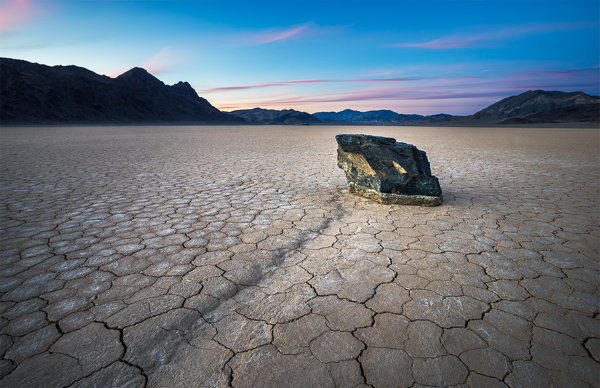
A “sailing stone” at the Racetrack Playa.
Parking lots are for tourists – don’t be a tourist
Two of the most incredible places in Death Valley are the Mesquite Flat Sand Dunes and Badwater Basin. Both have large parking lots that can be totally full at any given time and both locations can be pristine or totally useless depending on the recent weather conditions in the park. When the winds calm down for days or weeks on end, the sand dunes get covered in foot prints quickly and become totally un-photogenic. The salt plates at Badwater Basin are always changing and depend on rain to get back to their pristine condition with white salt and low, thin borders. As the plates dry and time goes on, the salt turns brown and the edges rise until they become totally unrecognizable.
The best thing to do at the Mesquite Sand Dunes is to park about a half mile before or after the parking lot on the side of Highway 190. Then, just hike out to the dunes from there. You’ll be free of nearly 90% of all foot traffic and will have mostly untouched dunes at your disposal. Just be smart and do your very best to tread lightly. Only walk were you have to and try not to trample the most beautiful dunes.
If the salt patterns at Badwater Basin look terrible from lack of rain, head over to West Side Road. You’ll actually drive right past this road on the way to the Badwater Parking lot, but most people just keep driving because it just looks like a dirt road. Drive about half mile or so down this road and you’ll have a great chance at finding some incredible patterns here. Just keep in mind that Badwater Basin is always changing and this information could be totally reversed during your visit.

From our location at sunrise (looking toward the parking area) we could see the circus or photographers already underway at sunrise.
Scout during the day – shoot at the edges
Blue skies are the norm in Death Valley. So don’t be surprised if you don’t see much in the way of clouds on your trip. I’ve actually lucked out quite a bit during my visits to the park and have experienced some incredible conditions. All that aside, don’t go photographing this place in broad daylight thinking that you’re going to come out with a bunch of keepers. This is the same with any landscape photography, all over the world. If you want to experience this park in all its glory, you need to capture it at sunrise, sunset or at night.

Zabriskie Point at dawn as storms move through the park.
Conclusion
Death Valley is one of the most magnificent, diverse and photogenic national parks in America (USA). You just have to know how to do it right. You can either listen to some editor on Yahoo who just threw a list together (probably) without even going to the places in the article. Or you can listen to the throngs of photographers who visit the park each and every year, including ones like me who keep coming back again and again.
What do you think? Should Death Valley have made this list of worst national parks? Let’s talk in the comments below!
googletag.cmd.push(function() {
tablet_slots.push( googletag.defineSlot( “/1005424/_dPSv4_tab-all-article-bottom_(300×250)”, [300, 250], “pb-ad-78623” ).addService( googletag.pubads() ) ); } );
googletag.cmd.push(function() {
mobile_slots.push( googletag.defineSlot( “/1005424/_dPSv4_mob-all-article-bottom_(300×250)”, [300, 250], “pb-ad-78158” ).addService( googletag.pubads() ) ); } );
The post Death Valley: One of America’s Worst National Parks? by James Brandon appeared first on Digital Photography School.

Digital Photography School

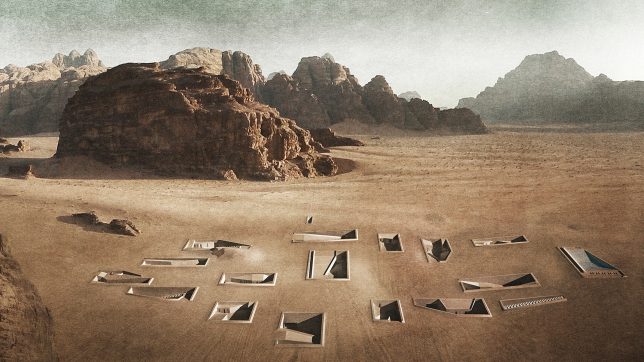
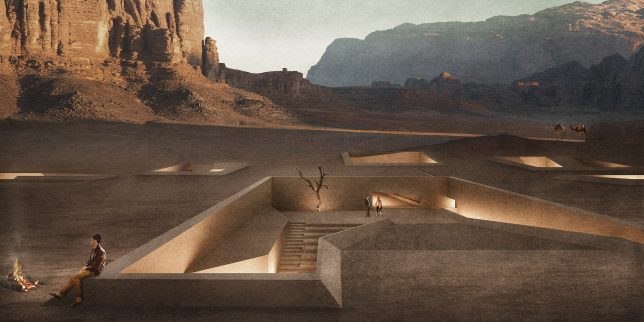
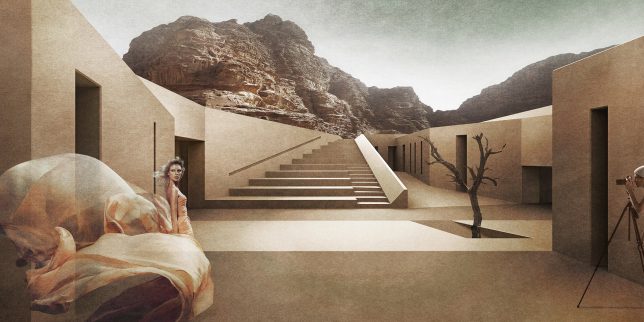
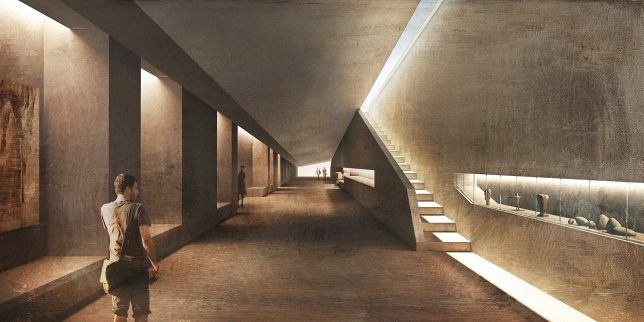
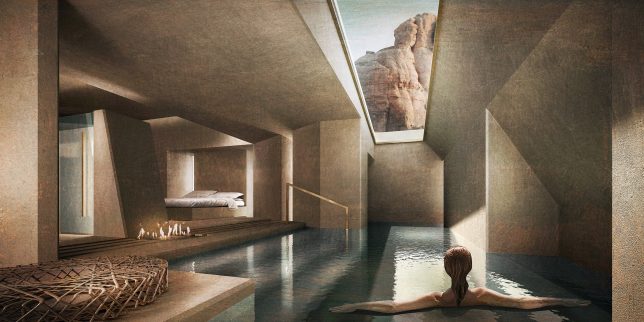
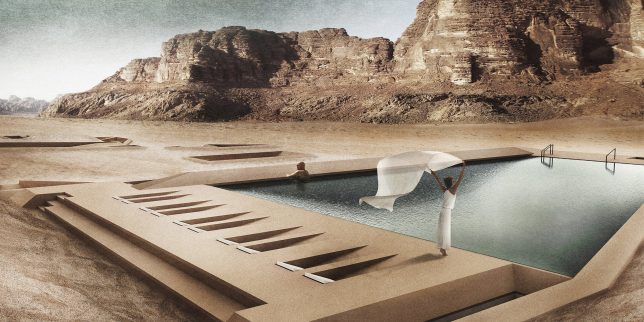
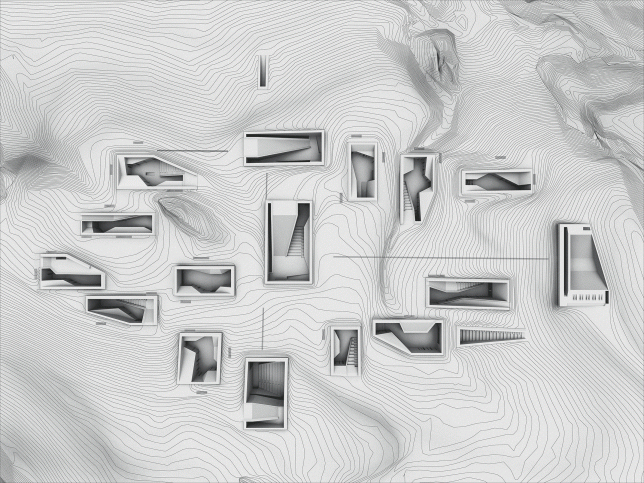
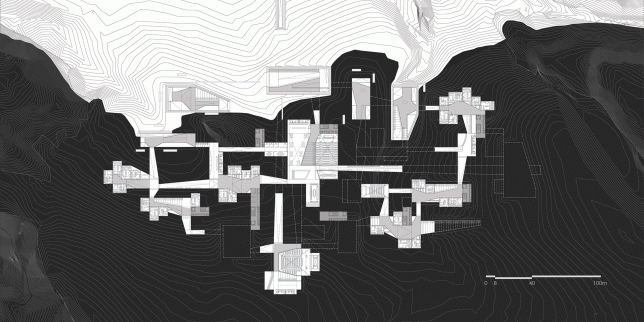
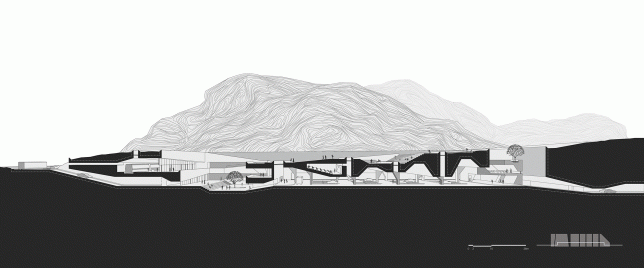





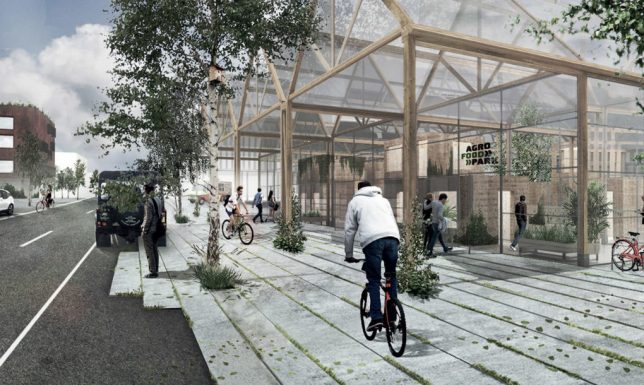
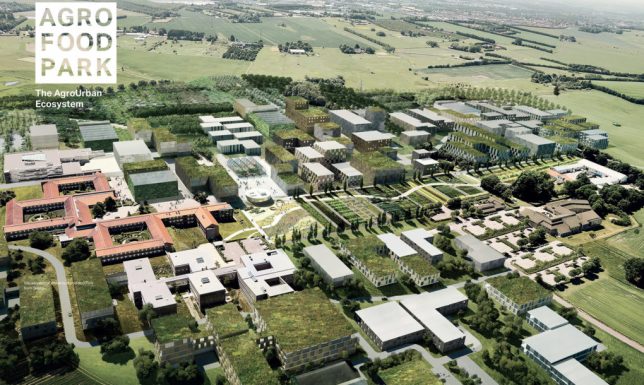
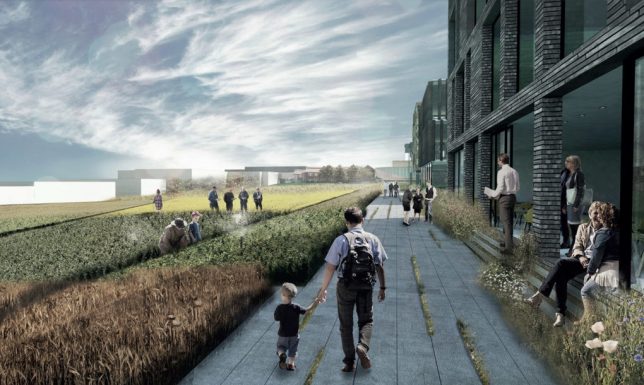
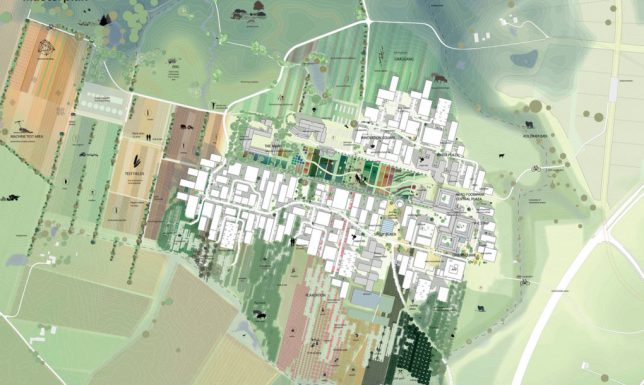
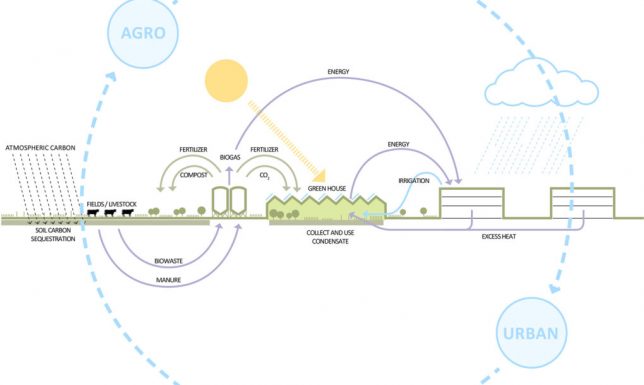
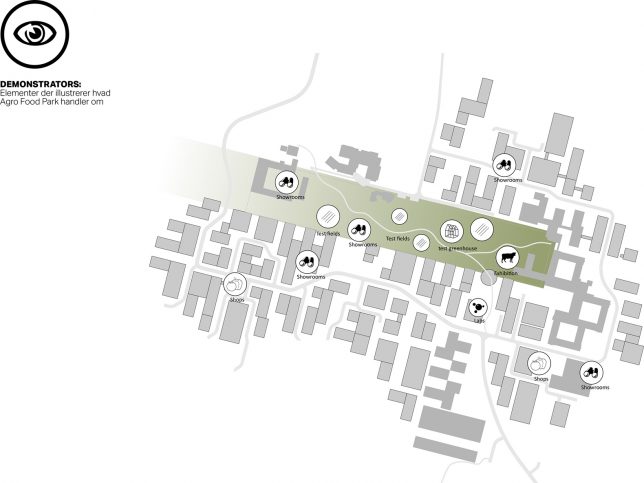




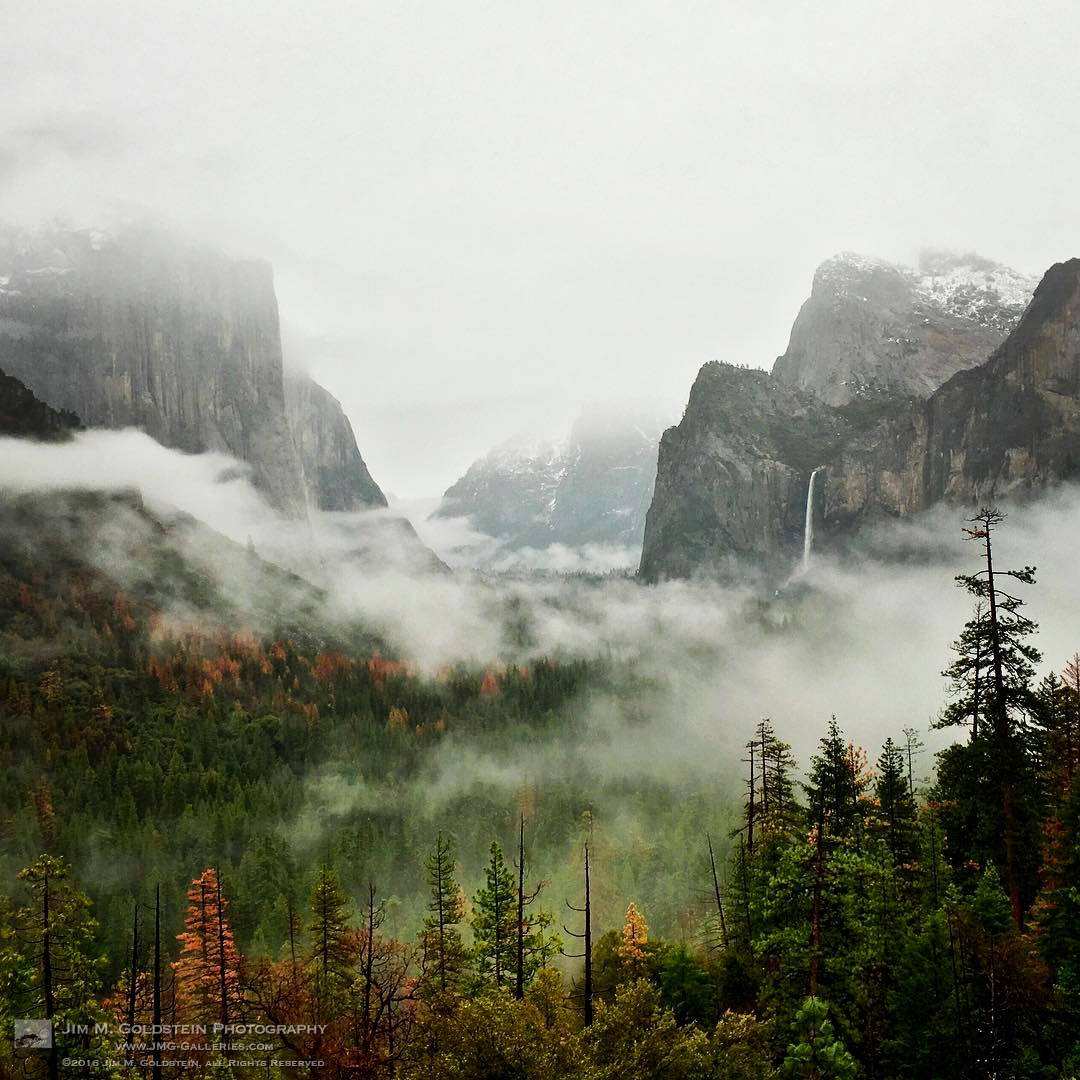

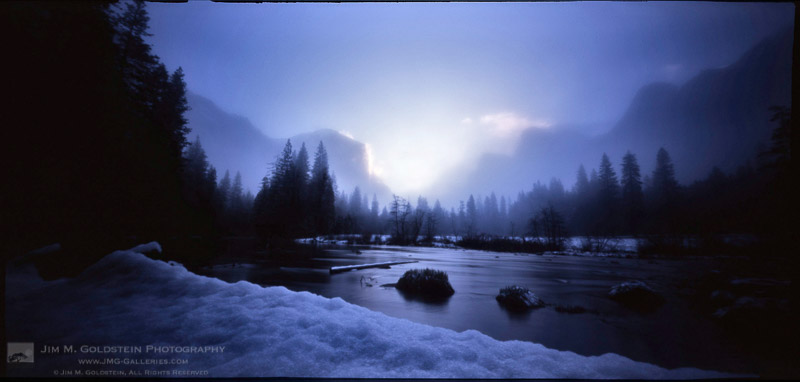





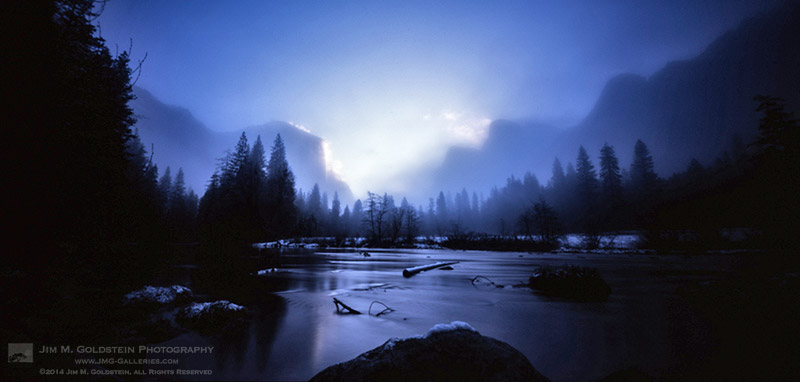

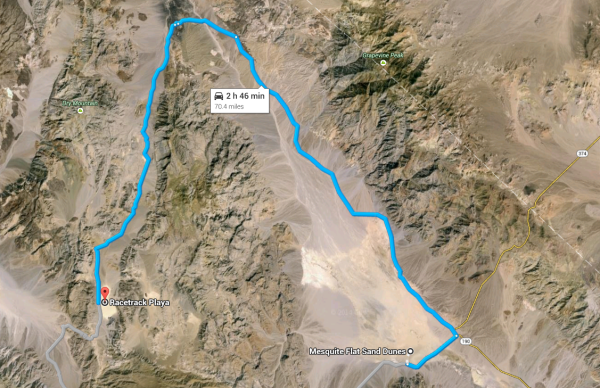
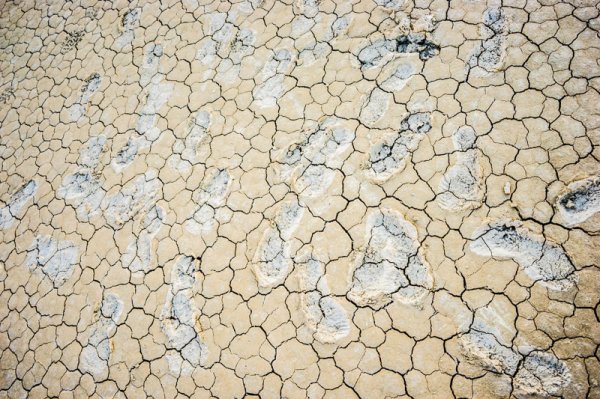
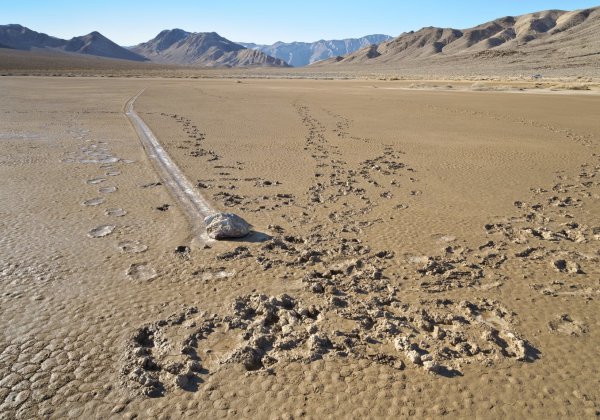

You must be logged in to post a comment.